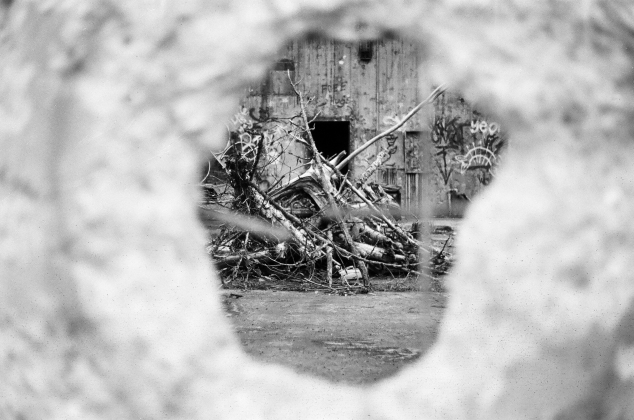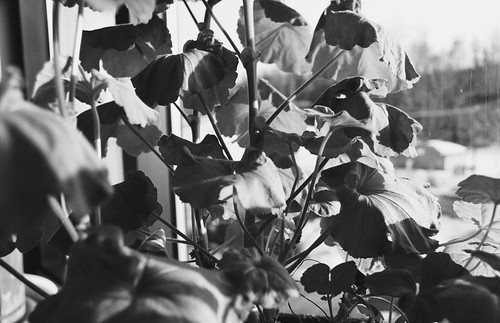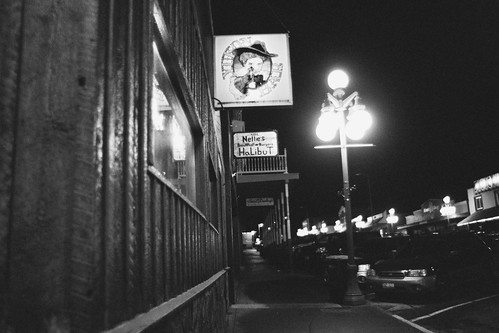
Hole in the wall. Abandoned Nike-Hercules base “Site Bay” in Alaska. Fomapan 100 at ISO 120 processed in Diafine.
I want to introduce you to my newest friend, Diafine. It’s a great developer for lazy asses like me who like to shoot lots of different films at different speeds, including pushed a stop or two, and don’t like to hassle with specific temperatures and times and all of that nonsense.
With typical one-bath, one-shot developers, you simply immerse the film in the developer allowing a reaction to happen. You have to process for a specific amount of time depending on the film and your desired push/pull. During this time fresh developer (supplied by agitation) reacts with the film emulsion and then you dump the spent developer.
Diafine is magic because it’s a two-bath developer. You immerse the film in bath A for three or more minutes (every film is the same) which is how long it should take to fully saturate the emulsion. Then, the film — still holding the bath A chemical it soaked up — is exposed to bath B and the two chemicals react together with the film emulsion. Because there is a limited supply of bath A contained within the emulsion to react with the bath B chemical, this leads to some interesting results: Continue reading






